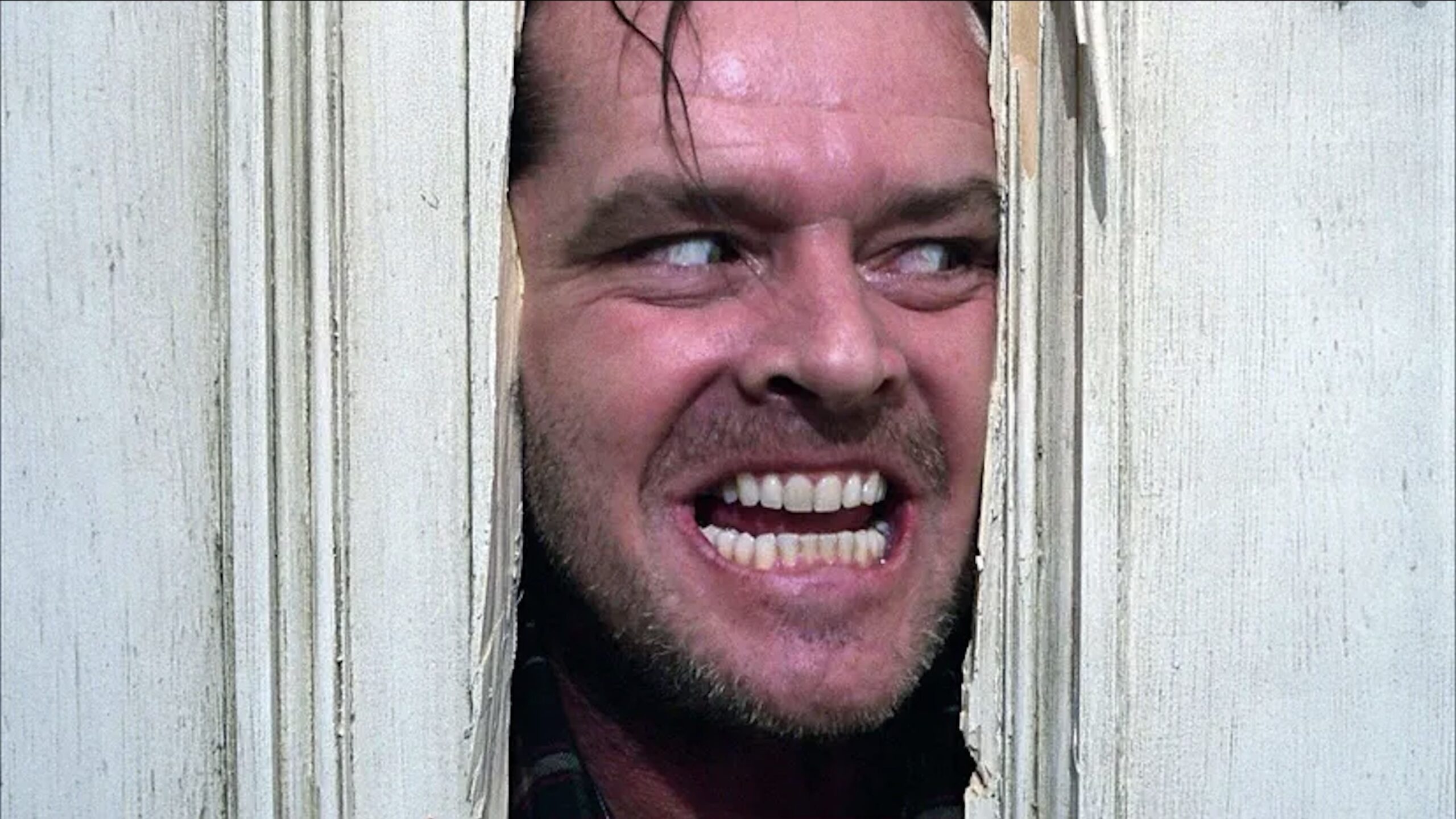“Seconds” (1966)
A man gets another life after visiting an organization that stages their clients’ deaths and performs full-body transformations. What follows is hallucinogenic and a disorientating exercise in smoke and mirrors. At the center of all this paranoia, there is also an incredibly human story about something innate in all of us.
“Under the Skin” (2013)
This was one of the finest films the 2010s had to offer, following an alien roving Earth looking to seduce men. The narrative is as straightforward as the synopsis, but there’s a lot to be said about the extraterrestrial’s interactions with humans and the elusive imagery dispersed throughout. Regardless of one’s reading, the film makes for a uniquely unsettling experience backed by its droning score.
“Eyes Without a Face” (1960)
A grief-stricken surgeon kidnaps victims in hopes of grafting his daughter a new face. The daughter grapples with the loss of her identity and the serial obsessiveness of her father. A landmark for the genre, “Eyes Without a Face” is credited for its gruesome and elegant imagery.
“Dead Ringers” (1988)
David Cronenberg’s film follows twin gynecologists, one confident and one meek. The two’s abnormal relationship is upended when one falls for a patient triggering a psychotic, drug-induced fallout. With Jeremy Strong’s binal performances and Cronenberg’s familiar fascination with bodily transformation, the film makes for a qualmish, chilling time.
“The Shining” (1980)
The horror classic tells the story of the Torrance family who bears a cabin fever of extreme, unearthly proportions. Under the influence and succumbing to the hotel’s supernatural happenings, patriarch Jack Torrance’s descent into madness gives way to Jack Nicholson’s enduring performance. The film showcases Stanely Kubrick’s obsessive eye for formalism which only feeds into the extreme lunacy.
“The Face of Another” (1960)
After an explosion mutilates a man’s face he receives a prosthetic face and begins to act in increasingly suspect ways. Though it is without traditional horror principles, the film explores the horror that often comes with existentialism and shows the troubling effects of a mind-body disconnect in a modern setting.
“Carnival of Souls” (1962)
After a car crash, a woman begins to have a ghastly vision of a man. The low-budget film eschews the typical B-movie preconceptions with its solid craft and agoraphobic-induced anxiety. To disturb the senses and exhibit the woman’s slip of sanity, an unnerving organ plays throughout. The film is a great testament to how far the basics of thrills and scares can go.
“Perfect Blue” (1997)
Satoshi Kon’s psychosexual animation concerns split personalities, stalkers and murder in the entertainment scene. It’s a transgressive film that navigates how fetishes and voyeurism, emerging from the internet age, ebb and color a J-pop star’s persona. Kon’s ability to delve so intensely into his heroine’s psyche results in something equally disturbing and tragic.
“The Skin I Live In” (2011)
Pedro Almodóvar drew inspiration from “Eyes Without a Face” to craft this horror-thriller about a plastic surgeon dedicated to creating synthetic skin. The film dissects the roles of gender and physicality in one’s identity through the most extreme of means. It’s a twisted tale of sadism, revenge and weaponized medicine.
“Tetsuo: The Iron Man” (1989)
The film serves as an unhinged and downright nasty body horror escapade full of practical gore and guerilla filmmaking about a man infected with a curse that turns his flesh into iron. Despite being just over an hour, the film leaves a lasting feeling somewhere between a migraine and a bad dream.








